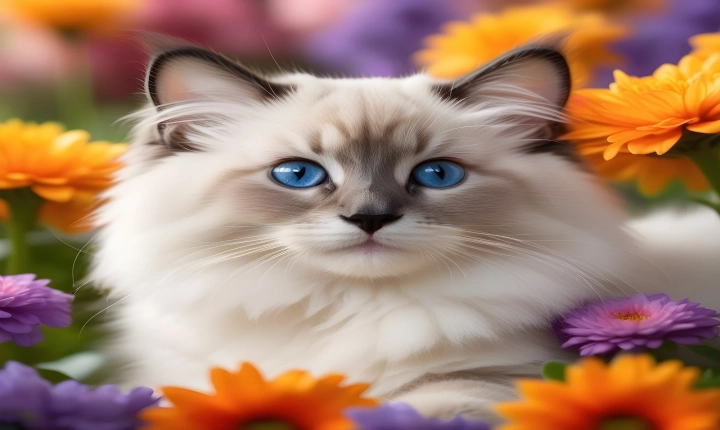Title: Exploring the Creative Capabilities of ChatGPT: A Guide to Using ChatGPT for Art
Art has always been a means of expressing creativity and imagination. With advancements in technology, artists are continuously exploring new tools and mediums to unleash their creativity. One such tool that has gained momentum in the art community is ChatGPT, a text-based AI model developed by OpenAI. Although primarily used for generating human-like text, ChatGPT can also be leveraged by artists to spark inspiration, facilitate collaboration, and push the boundaries of creative expression. In this article, we will explore how artists can harness the power of ChatGPT to enhance their artistic process.
1. Generating Ideas: ChatGPT can be used to generate new ideas and concepts for artistic projects. By engaging in a conversation with the AI model and posing open-ended questions, artists can receive fresh perspectives and prompts that can serve as a springboard for their creative endeavors. Whether it’s brainstorming for a new painting, sculpting, or photography project, ChatGPT can offer diverse and out-of-the-box ideas to fuel artistic inspiration.
2. Collaborative Art: ChatGPT can act as a virtual collaborator for artists seeking input or feedback on their work. Artists can share their sketches, drafts, or ideas with the AI model and receive constructive suggestions, alternative viewpoints, or even imaginative twists that they might not have considered otherwise. This collaborative process can push artists to think outside their comfort zones and expand their creative horizons.
3. Creative Writing and Storytelling: For artists involved in narrative-based art forms such as comics, graphic novels, or interactive media, ChatGPT can be a valuable tool for generating dialogues, plot twists, or character development. By interacting with the AI model, artists can flesh out their fictional worlds, receive feedback on their writing, or explore narrative possibilities that add depth and richness to their artistic narratives.
4. Exploring Symbolism and Interpretation: Artists can engage in philosophical or conceptual conversations with ChatGPT to delve into the symbolism and interpretation of their artwork. By discussing themes, motifs, and artistic choices with the AI model, artists can gain insightful perspectives that may inform their artistic decisions and enhance the depth of their work.
5. Performance Art and Interactive Installations: ChatGPT can be incorporated into performance art pieces or interactive installations to create dynamic and immersive experiences for viewers. By integrating the AI model into the artwork, artists can engage audiences in thought-provoking conversations, interactive storytelling, or even collaborative improvisations that blur the boundaries between art and technology.
While ChatGPT can serve as a valuable tool for artists, it is important to approach its usage with a critical and discerning eye. The AI model operates based on patterns and data, and its responses are not a replacement for human creativity or intuition. Artists should view ChatGPT as a catalyst for inspiration, a source of diverse perspectives, and a collaborator to augment, rather than replace, their artistic vision.
In conclusion, ChatGPT offers a unique opportunity for artists to explore new dimensions of creativity, dialogue, and collaboration. By leveraging the capabilities of this AI model, artists can enrich their artistic process, challenge their perspectives, and invigorate their work with fresh ideas. As technology continues to intersect with the art world, embracing innovative tools like ChatGPT can open up exciting possibilities for artists to push the boundaries of creative expression.
